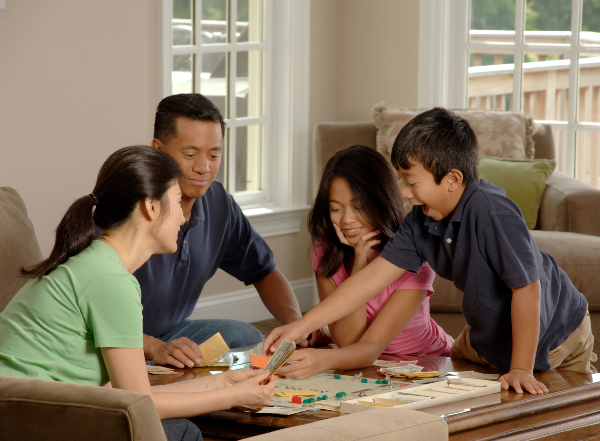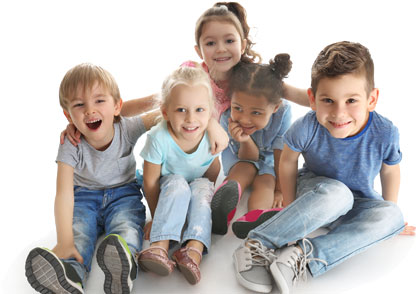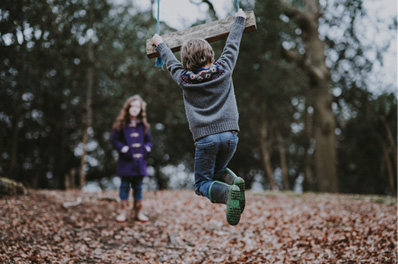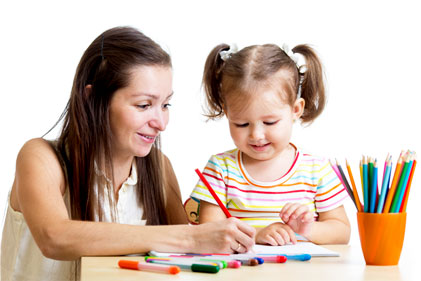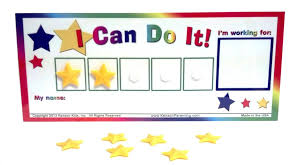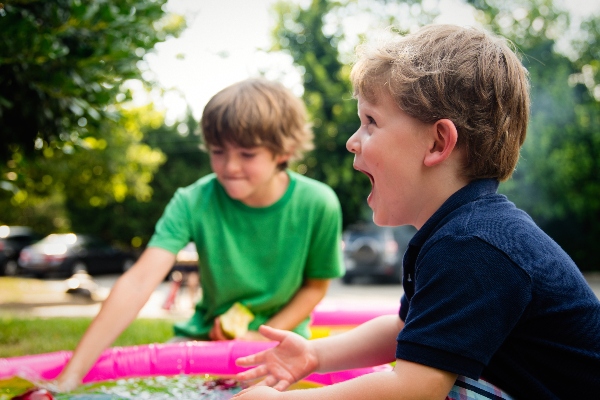School is back, work is back, and masks? Well those are back too! The past year and a half has been very unpredictable for all- especially our students and children in the classroom. It’s important to ensure our children are confident, kind, and supported during their return to school. It’s also time to welcome back prying school day information out of your children on the way home from school, at the dinner table, or when you arrive home from work. But why does it have to be that way- How can we assist our kids to give us important details and information on exactly how their school day was? How can we make sure they are being kind and feeling supported even when we aren’t around?
Growing up I was blessed with a childcare job that allowed me to spend almost all of my time with a local family to assist them in taking care of their four children. A tradition that was held every week night was a nighttime routine that consisted of your usual tasks to prepare for bedtime. Shower/bath, brush teeth, read a story, etc. The most special part about their night time routine was what the youngest child referred to as “talk about day.” Talk about day was the last step before falling asleep. We laid in bed and talked all about the days we had. This allowed for a less structured conversation- it provided less pressure to the child and was completed in a super comfortable place for them. I strongly believe that this allowed for a full blown conversation with more stories and more detail than would ever come at the dinner table. However, talk about day happening in bed, typically allowed for only one parent to engage in, and family conversations are always a favorite.
We don’t want the usual answers of “Yeah mom, my day was good.,” “Nope, nothing exciting happened, we did the usual stuff we do everyday.,” or “No, the teacher didn’t mention anything about that.” Some parents have had years of this while some are just getting started! It’s annoying to kids, annoying to parents, and can be tackled in a much more effective way.
There are tons of kind things our children can carry with them and ‘give out’ throughout their day. For a lot of kids the term being kind can mean such a variety of things. Do I hold the door open for someone? Is using please & thank you kind? Is it kind to help my friend up when they fall? A great beginning discussion to this topic for you and your children can start right here! It is important to know that acts of kindness can be big or small, look very differently each time, and affect many people.
Check out a few ways to engage in family conversations and connect with your children!
Directing
- Allow one person to “direct.” This conversation style can take place in whatever setting or atmosphere that works best for your family. The concept involves one person being the director, meaning that they start the conversation. They share the best and worst part of their day and direct someone to go next. This repeats until everyone has a turn.
 ABA in Directing
ABA in Directing
Waiting: while someone is directing the conversation, all other adults or children involved will need to wait their turn. We can teach our children to appropriately wait, meaning, they need to sit quietly. It’s always a good idea to reinforce them for appropriately waiting as well, for example, you can say “Great job waiting Johnny, it’s your turn now.”
Attending: It’s important our children are attending to conversations and not just sitting there out of focus. We want the entire family to be part of these meal time chats. To ensure all eyes and ears are on the speaker, encourage your children to ask questions. They’re going to want the same respect back!
Conversation skills: This is a big one for this topic. It’s important to teach our children that in order to maintain an effective conversation they need to be a good listener, ask questions, or make comments on what the speaker has said. Encourage the listener to comment or ask a question- for example, a story about recess, you can model questions or comments for them such as, “Who did you play with?” or “I’ve played that game before, I really liked it!” Questions and comments also have the ability to open up more natural conversation that will piggy back off of what’s being talked about.
Conversation Starter Bucket
- A bucket of conversation starters is something that can tag along with your family anywhere or stay within the home! The idea of this concept is to provide prompts to both parents and families to get a successful conversation flowing in hopes that the conversation starters won’t even need to be used consistently! The bucket, or whatever you use to “hold” your conversation starters will be filled with strips of paper, or whatever you keep your topics on. The topics can be all sorts of things ranging from details about their school day, sports game, or homework to activities they would like to do as a family, foods they want to try, and friends they want to spend time with. Although the topic ideas would act as conversation prompts, the end goal is to not have to use the bucket and allow for naturally flowing conversations among families or friends.

ABA in the Conversation Bucket
Waiting: children will not only have to wait their turn to choose a conversation starter from the bucket but they will also need to wait their turn to speak! We again want to make sure that they are waiting appropriately meaning that they are sitting quietly, attending to the conversation, and not being disruptive!
Attending to and maintaining conversations- during family conversations we want to ensure that everyone is focused on the speaker. To do this we can make sure they are looking at the speaker and listening- encourage them to ask a question or make a comment in response to what the speaker has shared.
Creativity- this activity does have plenty of room for being creative and coming up with new topics to talk about! To make it a little more fun and engaging, set up some type of reinforcement system for children who are engaged in coming up with new ideas. For example, every new idea adds a tally to a checklist. When the child earns a predetermined amount of tallies, maybe they get an extra five minutes of free time that day!
Family Fun Night
- Family fun night is always a fan favorite! The beauty of family fun night is that it is so versatile and can be used according to the preferences of each family. You can stick to the traditional game route and use games that you already have or design your own family fun night. The main idea here is to- spend time with family. We created our own game board here at Graham, feel free to download ours or use it as a guide to make your own according to preferences of your own family. We included some quick and fun activities/discussions, some future family planning, and some special spaces to allow the player to choose their own!
ABA in Family Fun Night
Tolerating spontaneous activities- Often our children with autism prefer and thrive from strict schedules or routines. Family fun nights can go at the pace of your own family but will include a variety of activities or conversations that typically won’t be planned ahead of time. It is important to discuss this with your child if this is something that will trigger maladaptive behaviors. The overall goal is to spend time with family!
Turn taking- Although our other activities in this blog include waiting for your turn, this one is actually waiting your turn to move along on the game board. It involves a little bit more than waiting your turn to speak- it involves both waiting to speak and move!
Attending- During family fun night we want to ensure everyone is focusing on the game and the individuals around them. You could be chosen to share a story, a memory, or get picked to complete a fun activity!


We want to ensure our children are being kind all throughout their day even when we aren’t standing over their shoulder reminding them to use their manners. But how can we do this? What about setting up a kindness activity for them to choose every morning and then incorporating a reinforcement system each day they complete it? What exactly does this mean? Check out what we’ve set up below!

Everyday Kindness
To incorporate kindness into our little ones lives, we set up a morning kindness activity. Each morning the child can use a spinner, or just simply pick a color. Each color represents different details of their kindness task for the day. For example, the green jar consists of “doing” tasks, the purple jar is all kindness you can “say,” the red jar is strictly kindness to be shown at school, and lastly, the blue jar are acts of kindness we can complete at home.
This activity is SUPER flexible. You can change up all of it to be most fitting to your families routines and skills. The idea is that each day when the child returns home from school they can mark a check on a piece of paper, or add a marble to a jar, or even add a sticker to a calendar- this will track their acts of kindness and once full, they earn a reward! The reward system can also be set up specific to your family. Maybe someone wants to earn a playdate, maybe it’s a trip for ice cream, or a sleepover with a cousin! The frequency is also yours to choose, will it be a weekly or monthly reward?

